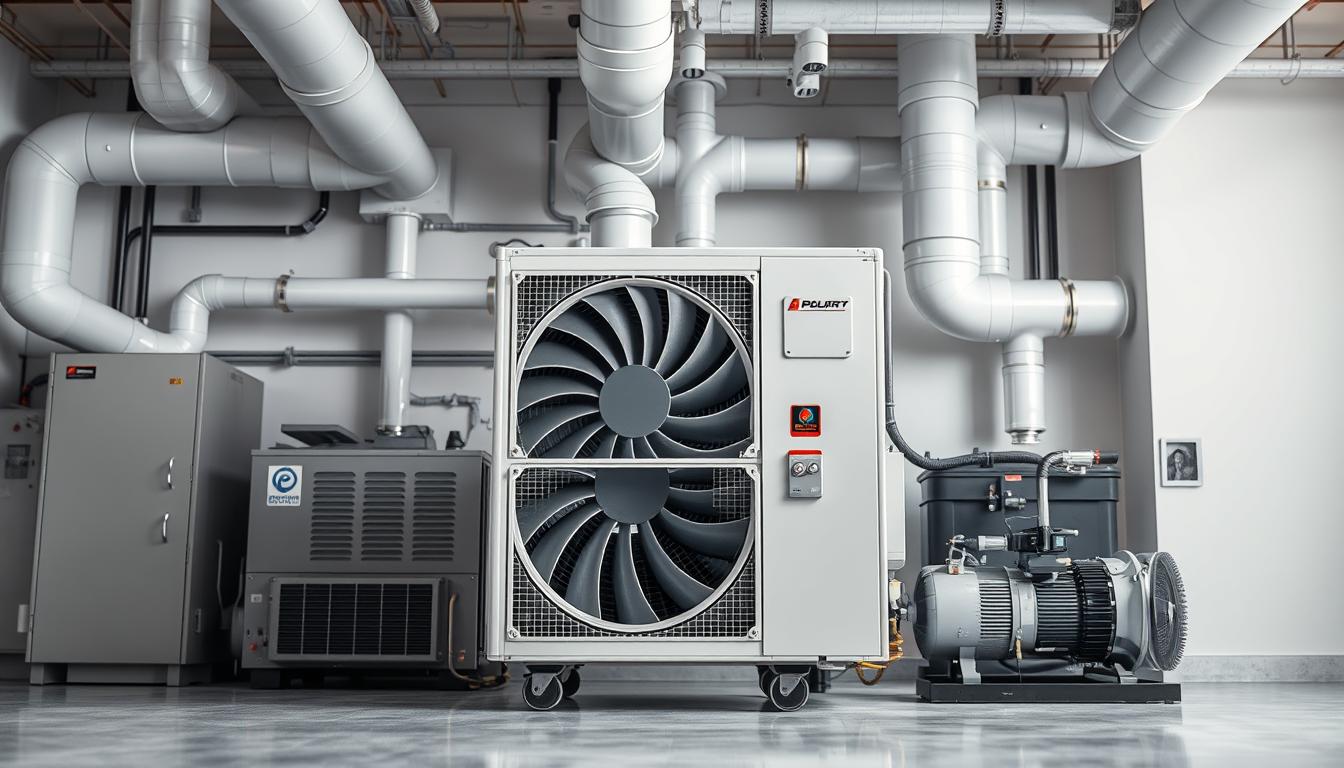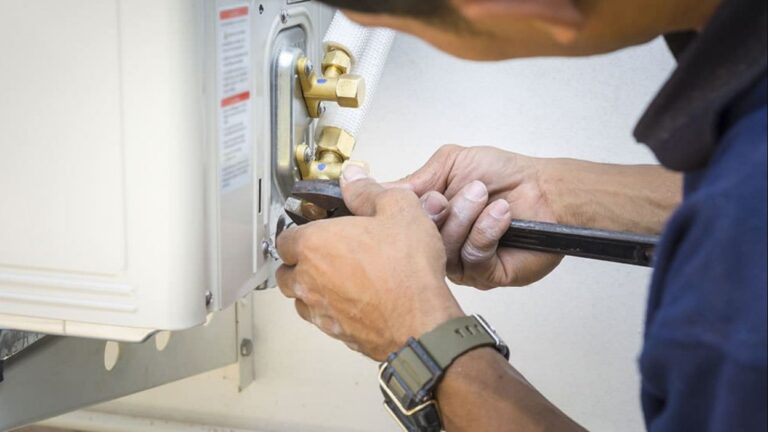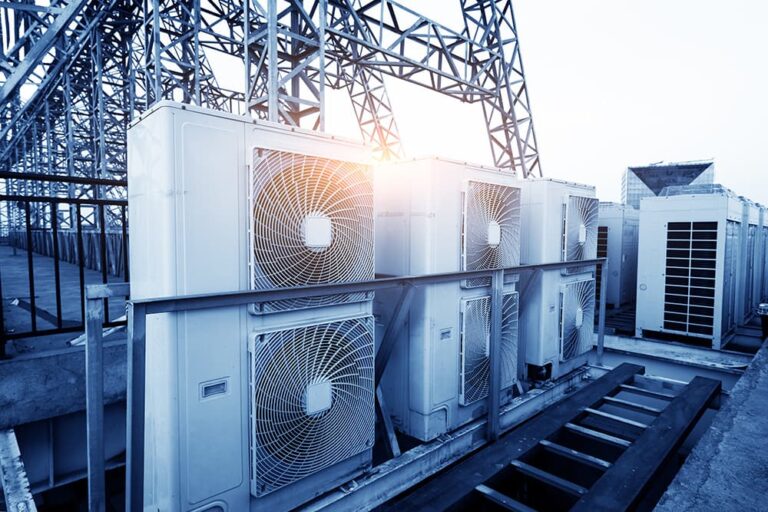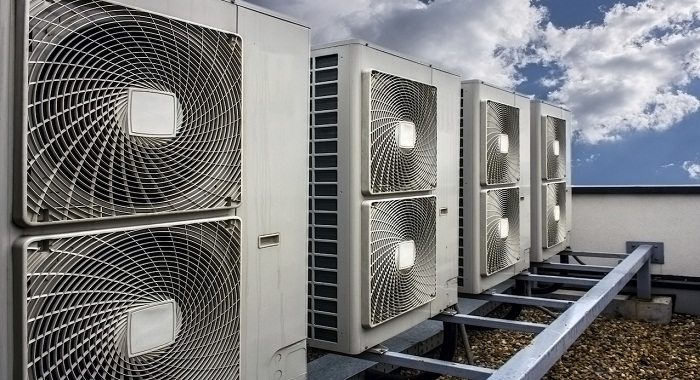Air Handler vs Furnace: What’s the Difference and Which Is Better?
When it comes to heating and cooling your home, understanding the components of your HVAC system is crucial. Two key elements often discussed are the furnace and the air handler. While they may seem similar, they serve distinct purposes.
A furnace generates heat, warming the air in your home during the colder months. On the other hand, an air handler is responsible for circulating air throughout your home, ensuring that the heated or cooled air is distributed evenly.
If you have a furnace, you likely don’t need a dedicated air handler because the furnace’s blower works to circulate air. However, if your home is equipped with a heat pump, a dedicated air handler might be necessary to ensure proper heating and cooling distribution.
Key Takeaways
- Understanding the difference between a furnace and an air handler is essential for choosing the right HVAC components.
- Furnaces generate heat, while air handlers distribute air throughout the home.
- If you own a furnace, you may not need a dedicated air handler.
- Heat pumps often require a dedicated air handler for efficient air circulation.
- Climate and home setup play significant roles in determining the most efficient HVAC system.
Understanding HVAC Basics: Air Handlers and Furnaces

At the heart of every HVAC system are two primary functions: moving air and conditioning it to a desired temperature. This fundamental principle is crucial for understanding how air handlers and furnaces work within the context of your home’s heating and cooling system.
The Role of Air Movement in Home Heating and Cooling
Air movement is a critical component of HVAC systems. It involves drawing air into the system, processing it, and then circulating it back into your home. Both air handlers and furnaces play significant roles in this process. They utilize blowers to circulate conditioned air through ductwork, a concept often referred to as “forced air” systems.
The effectiveness of air movement directly impacts the efficiency of your HVAC system. Proper air circulation ensures that your home is heated or cooled evenly, preventing hot or cold spots.
How These Components Fit Into Your HVAC System
Air handlers and furnaces are integral to your HVAC system, working in tandem with other components to maintain a comfortable indoor climate year-round. For more detailed information on choosing between a furnace and an air handler, you can refer to resources like ActionMEP’s article on the subject.
Understanding how these components interact is key to appreciating their roles. The air handler is often associated with heat pumps, facilitating the distribution of heated or cooled air. On the other hand, furnaces generate heat through various energy sources, including gas, oil, or electricity.
What Is a Furnace?
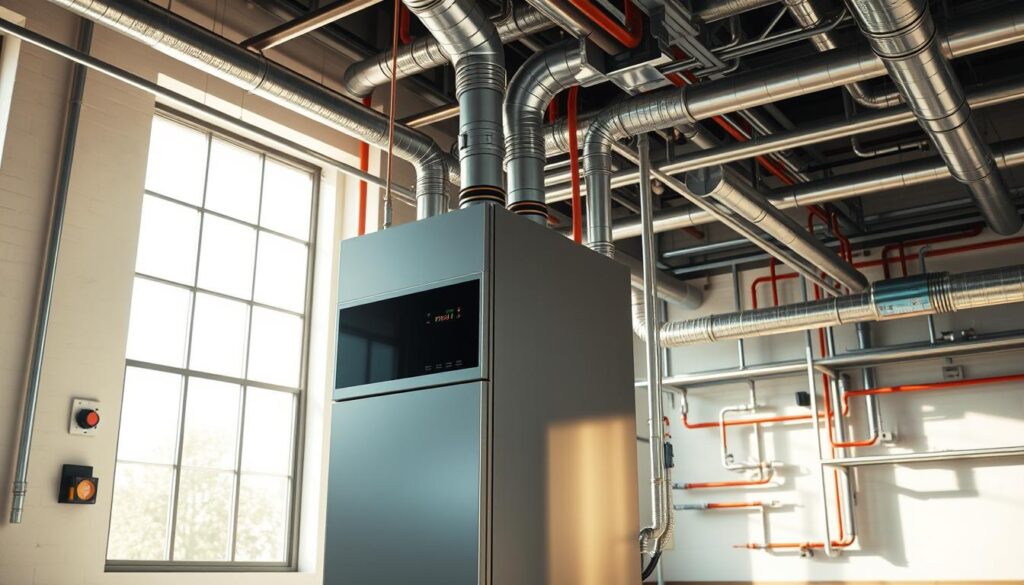
At the heart of many home heating systems lies the furnace, a device that produces heat to warm the living space. A furnace is essentially a heating unit that generates warmth by burning fuel or using electricity.
A furnace does heat the air by generating heat through burning fuel like natural gas, propane, or oil, or by warming an electric heating coil. Once the heat is created, it must be transferred to the air and then circulated back into the home. This process is facilitated by a circulating fan, which is part of the furnace unit. The fan draws air into the system, forces it through the heat exchanger, and then pushes it back out again. The furnace also includes an air filter to remove contaminants before they enter further into the HVAC system.
How Furnaces Generate and Distribute Heat
The process of generating heat in a furnace involves either burning fuel or using electric resistance heating elements. For gas furnaces,natural gasis burned to produce heat. Oil furnaces, on the other hand, use fuel oil. Electric furnaces generate heat using resistance heating elements. The heat generated is then distributed throughout the home via a network of ducts.
The distribution process involves the blower fan, which circulates the warmed air. This ensures that the heat is evenly distributed across different parts of the home, maintaining a comfortable temperature.
Types of Furnaces: Gas, Oil, and Electric
There are several types of furnaces available, including gas, oil, and electric furnaces.
| Type of Furnace | Fuel/Source | Efficiency |
|---|---|---|
| Gas Furnace | Natural Gas | High |
| Oil Furnace | Fuel Oil | Moderate |
| Electric Furnace | Electricity | High |
Key Components of a Furnace System
A furnace system consists of several key components, including the burner, heat exchanger, blower fan, and control systems. The burner is responsible for generating heat, while the heat exchanger transfers this heat to the air. The blower fan circulates the warmed air throughout the home. For more detailed information on how furnaces compare to other heating systems, such as air handlers, you can visitthis page.
Understanding these components and how they work together is crucial for maintaining an efficient and safe furnace system.
What Is an Air Handler?
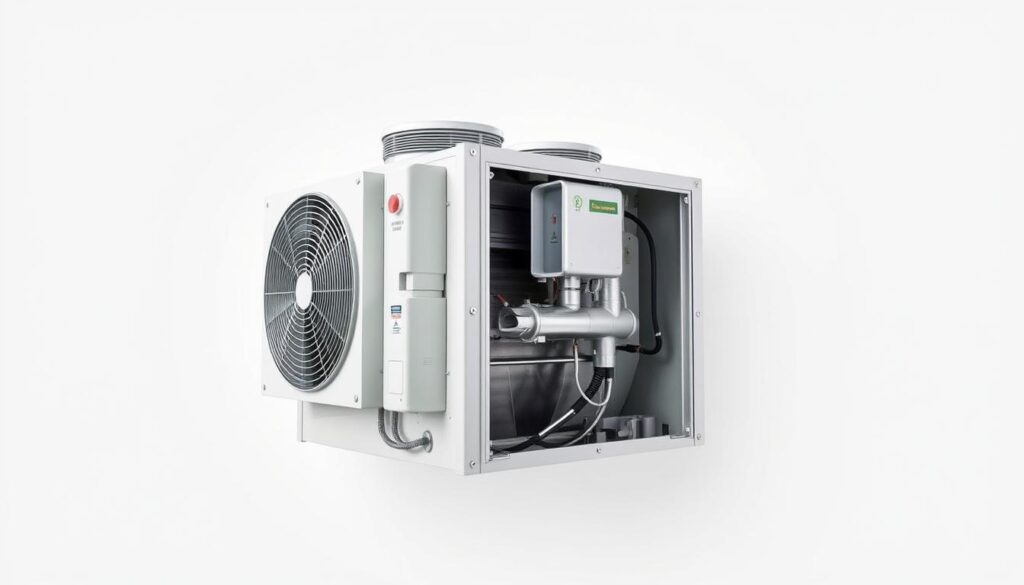
Air handlers are essential units in forced-air systems, tasked with distributing conditioned air to various parts of a building. Unlike furnaces, air handlers don’t generate heat themselves; instead, they work in tandem with other equipment, typically heat pumps, to condition and distribute air throughout the home.
“Air handlers are the unsung heroes of HVAC systems,” as they play a critical role in maintaining a comfortable indoor environment. Their primary function is to circulate air, ensuring that heated or cooled air reaches every corner of the home.
The Function and Operation of Air Handlers
The air handler’s operation is centered around its ability to move air through the ductwork of a home. It uses a powerful blower fan to push air through the ducts, ensuring that every room receives the conditioned air it needs. The air handler indoor coil is a crucial component in this process, playing a major role in both air conditioning and heating modes.
In air conditioning mode, the blower pulls in warm, moist air through the air ducts. This air then passes over the indoor coil, which contains refrigerant that absorbs heat and moisture, cooling the air. Conversely, in heating mode, the refrigerant within the coil captures heat from outside and releases it into the air circulating through the ducts.
How Air Handlers Work With Heat Pumps
Air handlers serve as the indoor component of a heat pump system, working seamlessly in both heating and cooling modes. They collaborate with heat pumps to extract heat from outside air, even in cold weather, and distribute it throughout the home. This synergy is crucial for the efficient operation of the HVAC system.
The relationship between air handlers and heat pumps is symbiotic. While the heat pump extracts heat from the outside air, the air handler distributes the conditioned air throughout the home. This partnership ensures that the home remains comfortable, regardless of the outside weather conditions.
Components of an Air Handler System
An air handler unit comprises several key components, including the blower fan, evaporator coil, filter rack, and control board. The blower fan is responsible for circulating air, while the evaporator coil is crucial for heat exchange. The filter rack houses the air filters, which improve indoor air quality by capturing dust and other particles.
The control board acts as the brain of the air handler, regulating its operation and ensuring that it works in harmony with other components of the HVAC system. By understanding these components and their functions, homeowners can better appreciate the importance of air handlers in maintaining a comfortable and healthy indoor environment.
Air Handler vs Furnace: Key Differences
The distinction between air handlers and furnaces lies in their approach to heat generation and distribution. While both are crucial components of HVAC systems, they serve different primary functions.
Heat Generation vs Heat Distribution
The most significant difference between air handlers and furnaces is their role in heat generation. Furnaces generate heat through combustion or electric resistance, making them a direct heat source. In contrast, air handlers distribute air that has been heated or cooled by another component, such as a heat pump or AC coil.
- Furnaces create heat using natural gas, oil, or electricity.
- Air handlers rely on external heat sources, like heat pumps, to condition the air.
Energy Source and Efficiency Comparisons
Furnaces and air handlers differ significantly in their energy sources and efficiency. Furnaces typically use natural gas, oil, or electricity to generate heat directly. Air handlers, on the other hand, work with heat pumps that transfer heat rather than create it, often providing more energy-efficient heating in moderate climates.
In extremely cold regions, furnaces may be more effective due to their ability to generate high temperatures. However, heat pump/air handler combinations can offer superior efficiency in milder climates.
Installation Requirements and Compatibility
The installation requirements for air handlers and furnaces vary due to their different operational needs. Furnaces, especially those that are combustion-based, require proper venting to remove exhaust gases. Air handlers, being part of a broader system that includes heat pumps or AC coils, need compatible components and sufficient electrical supply.
- Furnaces require venting for combustion gases.
- Air handlers need compatible heat pumps or AC coils.
Maintenance Needs and Longevity
Both air handlers and furnaces require regular maintenance to ensure longevity and efficiency. This includes filter changes, coil cleaning for air handlers, and component inspections for both systems.
The expected lifespan of these systems varies, with furnaces typically lasting 15-20 years and air handlers having a similar lifespan when properly maintained.
Choosing the Right System for Your Home
To determine whether an air handler or a furnace is better suited for your home, it’s essential to consider your climate, home size, and existing HVAC setup. Your local climate plays a significant role in this decision. For instance, if you live in an area where it’s warm most of the year, a heat pump and air handler system can offer a more energy-efficient solution, saving you on monthly utility costs.
In contrast, areas with extremely cold temperatures year-round might require a furnace for effective heating, as heat pumps can become less efficient in such conditions. A dual-fuel system, which combines a heat pump with a furnace backup, is another viable option, especially in regions with variable climates.
When making your decision, consider factors such as home size, existing ductwork, and your current HVAC setup. These elements can significantly influence the performance and cost-effectiveness of the chosen system. Additionally, it’s crucial to weigh the initial installation costs against the long-term operational expenses for different system types.
For many homeowners, purchasing heating and cooling equipment is an emergency replacement. In such cases, working with a professional HVAC expert is advisable to ensure the right choice for your specific situation. They can help you navigate the complexities of HVAC systems and provide guidance on maintenance needs and potential future upgrades.
Ultimately, the decision between an air handler and a furnace should be based on a thorough assessment of your home’s specific needs and your local climate. By considering these factors and consulting with professionals, you can make an informed decision that enhances your home’s comfort and efficiency.

